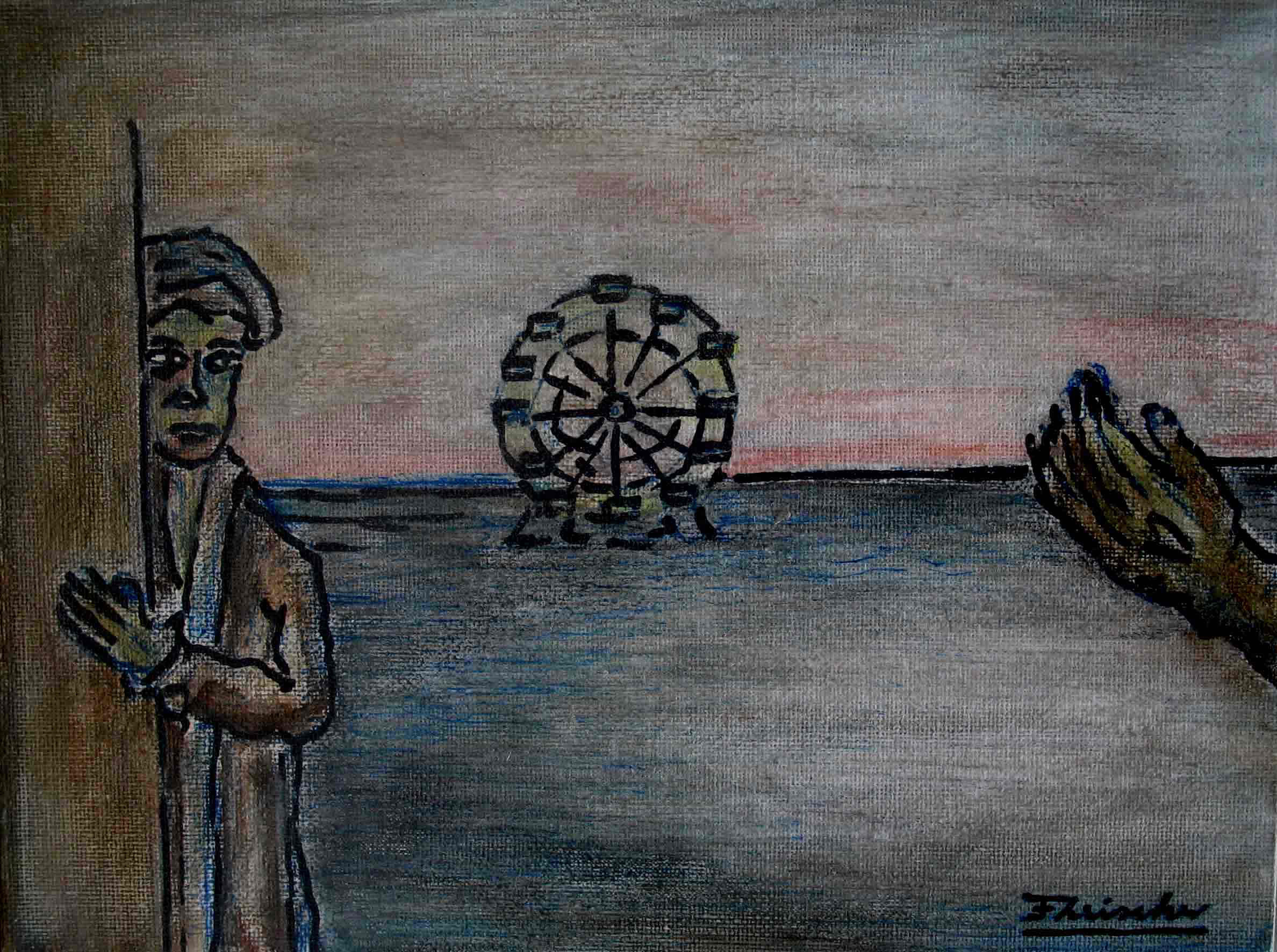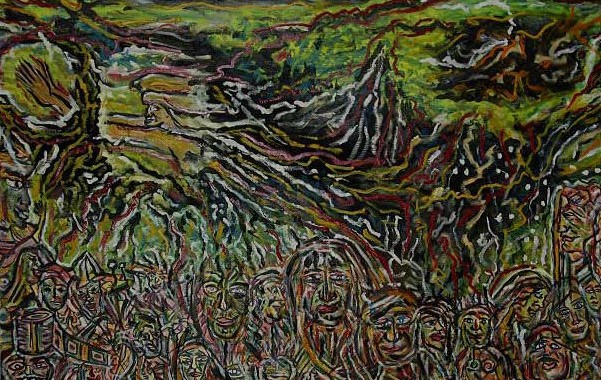
Apotheose 2009
- Chance und Krise
|

|
|
|
||||
|
|
|
|
|
|
|
|
|
|
|
|
|
Erhebung
der Leidenschaft |
|
Der
Vergleich [gerahmt] |
|
|
|
|
|
|
|
|
|
Requiem |
|
Die
Emigranten |
|
|
|
|
|
|
|
|
|
Narcotica
|
|
9-torige
Stadt
|
|
|
|
|
|
|
|
|
|
Der
violette Spielsalon
|
|
Das
Beratungszimmer |
|
|
|
|
|
|
|
|
|
Der
Gaukler, der Magier und das Kind [gerahmt]
|
|
Virtualis
|
|
|
|
|
|
|
|
|
|
Matriarchat Das Matriarchat (von lat. mater „Mutter“, und griech. arché „Beginn, Ursprung“, auch „Herrschaft“) ist eine gynozentrische Gesellschaftsstruktur, in der je nach verwendeter Definition entweder Frauen die Macht innehaben oder die frauenzentriert ist, die Gesellschaftsordnung also um die Frauen herum organisiert ist. |
|
Kathedrale
der Weiblichkeit |
|
|
|
|
|
|
|
|
|
Transformation
[gerahmt] |
|
Der
Prophet im fremden Land |
|
|
|
|
|
|
|
|
|
Die
heilige Dreifaltigkeit |
|
Der
Schwur |
|
|
|
|
|
|
|
|
|
Es
war einmal [gerahmt] |
|
Sinuhe
der Neuzeit [Hommage an Mika Waltari] |
|
|
|
|
|
|
|
|
|
Freude
auf Moria |
|
|
|
|
|
|
|
|
|
|
|
Der
Nachen |
|
Der
Nachen [Vorstudie] |
|
|
|
|
|
|
|
|
|
Golem
- Seele und Leben |
|
|
|
|
|
||||
|
|
|
|||
|
Konstruktion
des Ausgleichs
|
Hermit
|
|||
|
|
|
|||
|
Evasion [Adam und
Eva] - [gerahmt]
|
|
Der ewige
Krieger |
|
|
|
|
|
|
|
|
|
Büste
einer Frau [Olena]
|
|
Der
Ruf
|
|
|
|
|
|
|
||
|
Kopflos [Collage]
|
Der Raucher [Collage] |
|||
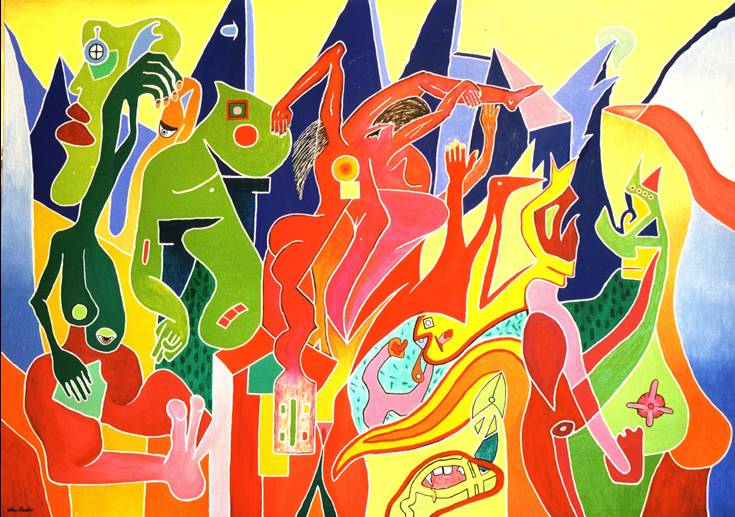
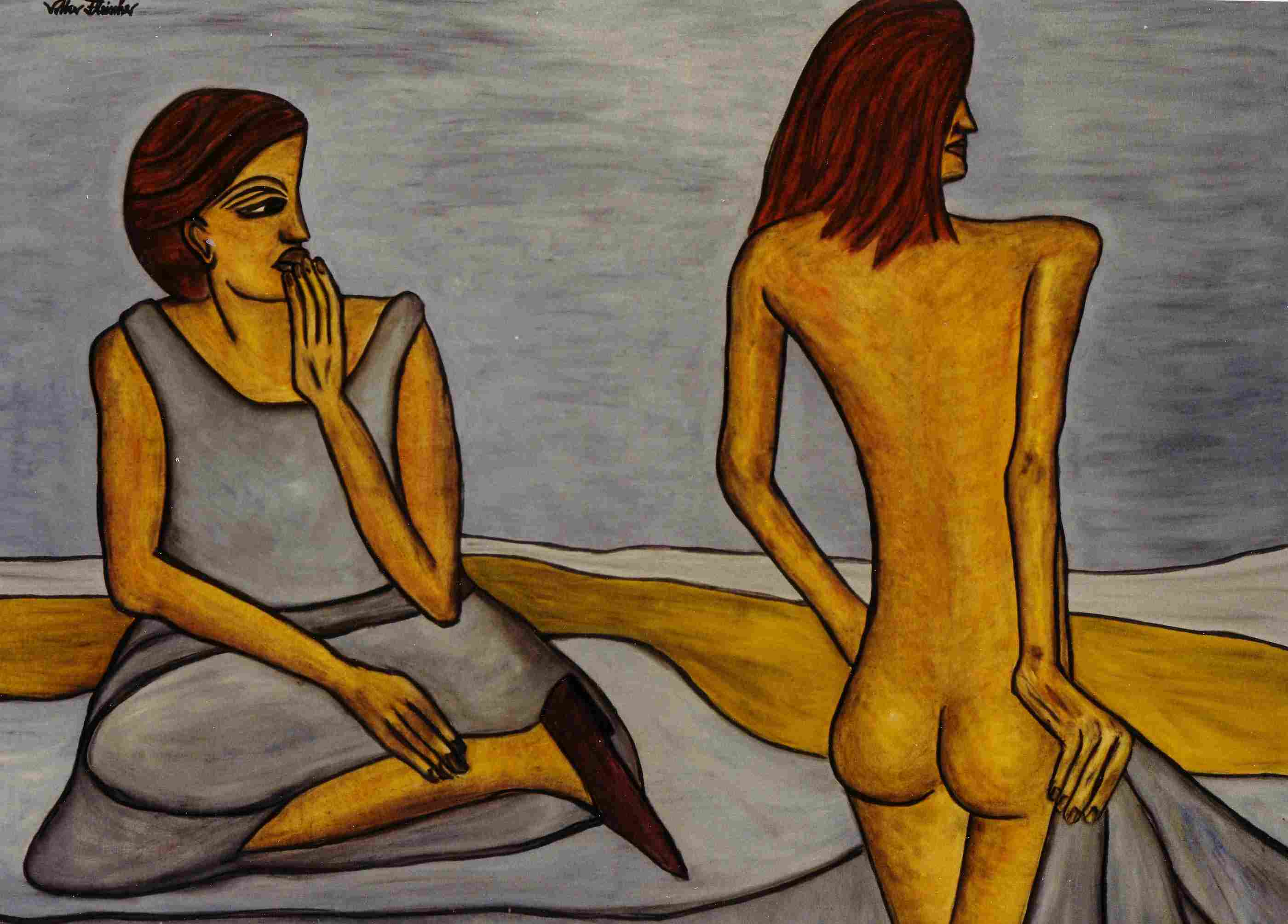
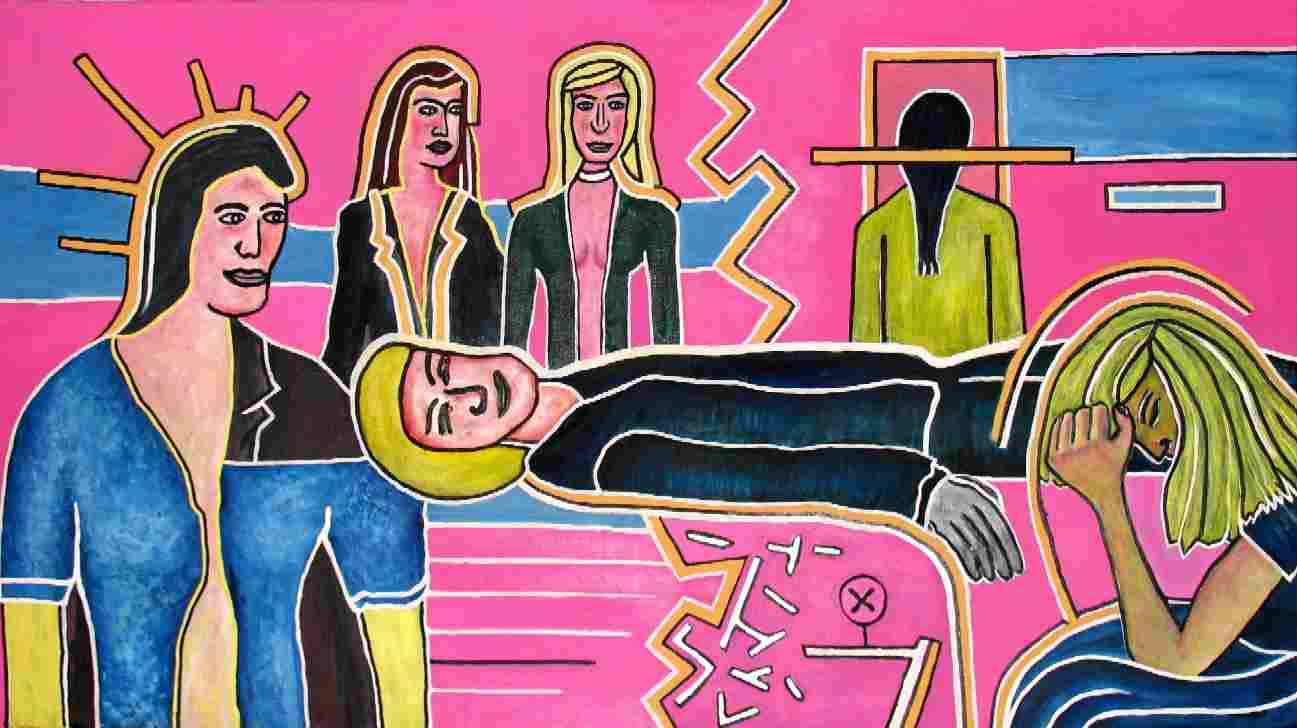


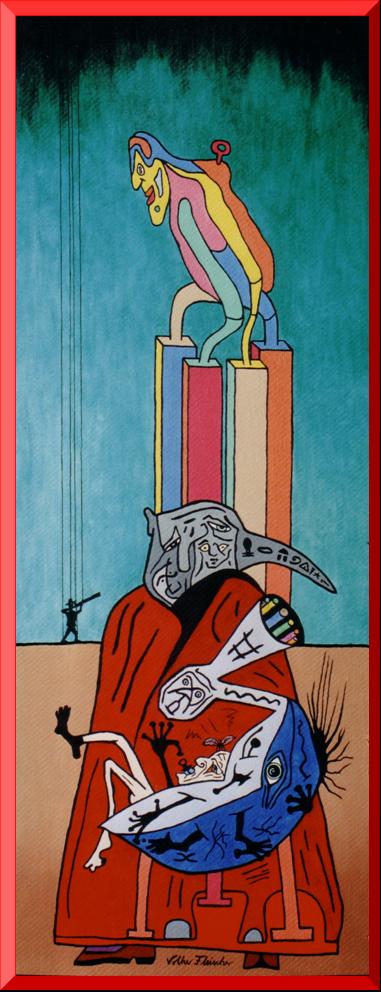


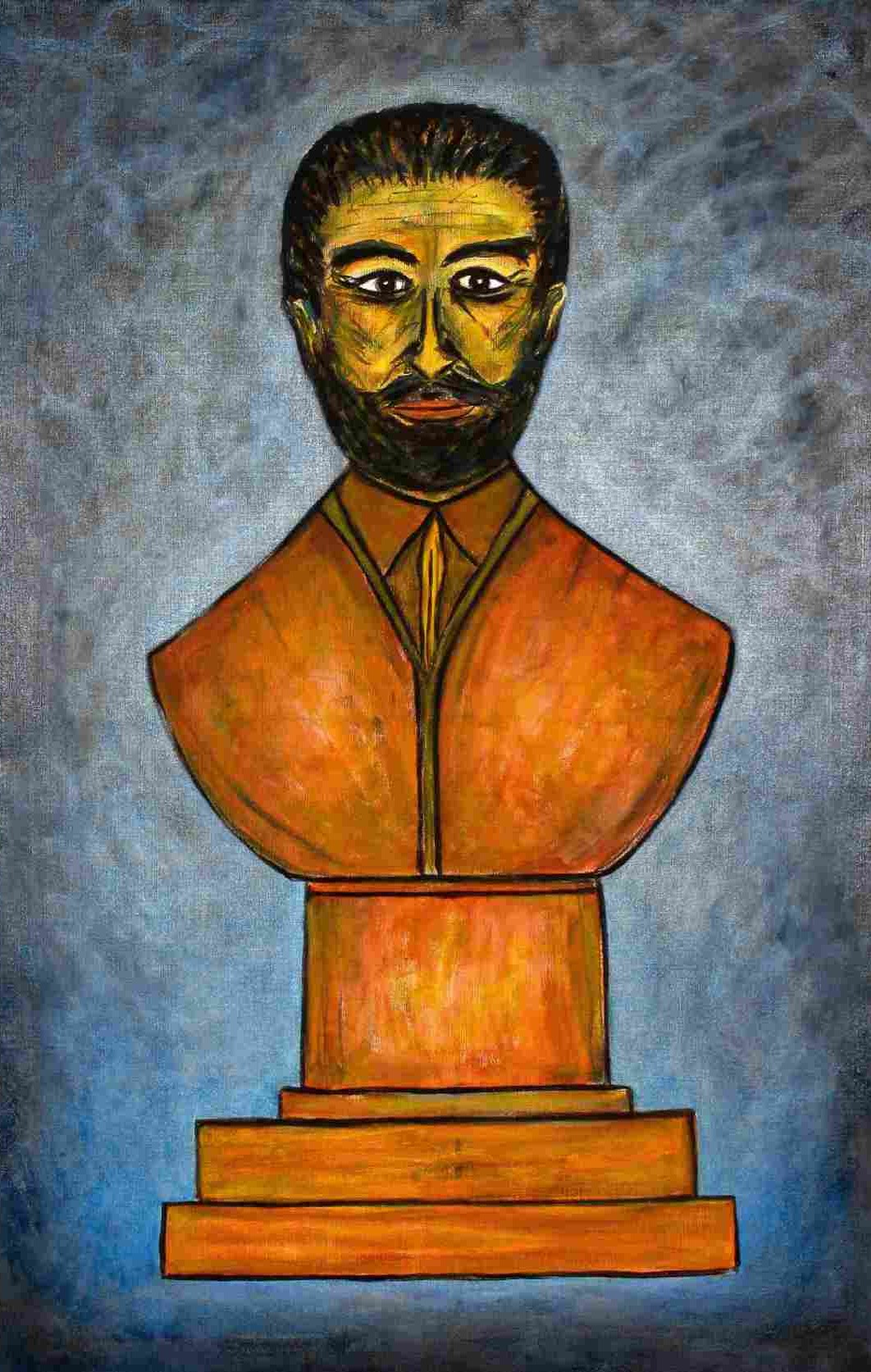
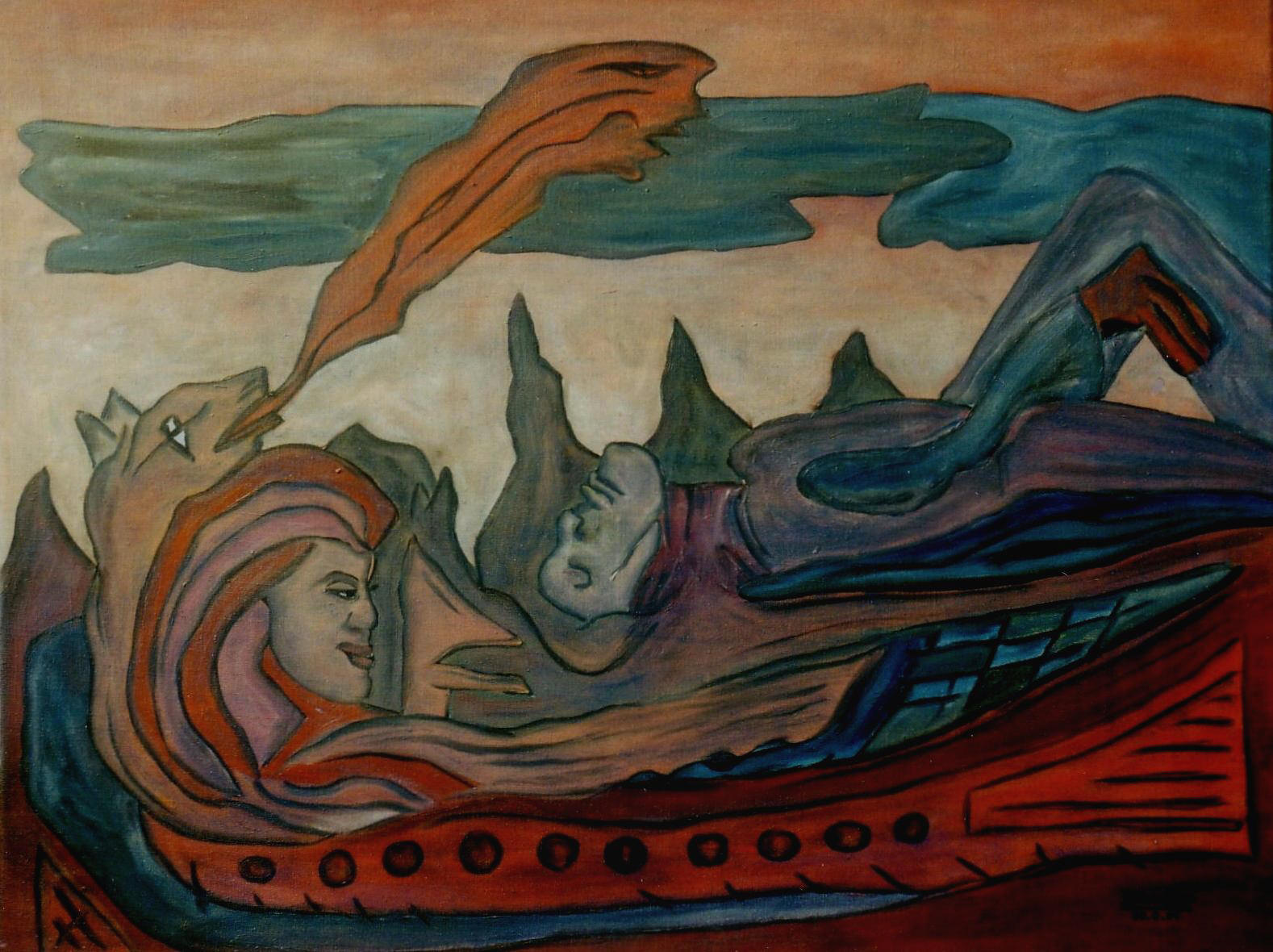
![EMET [TRUTH]](uebersichtclassico-Dateien/image002.gif)
